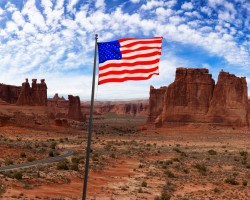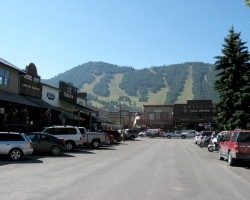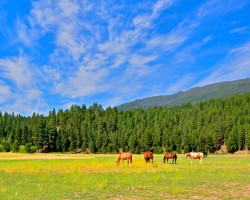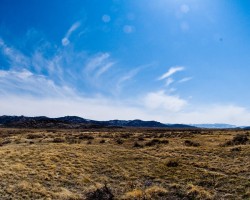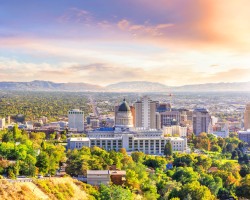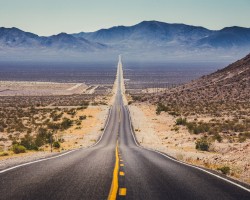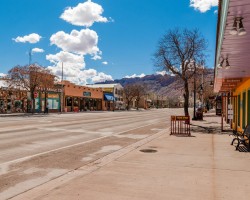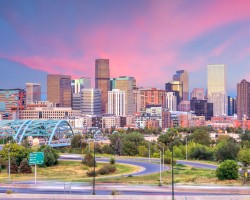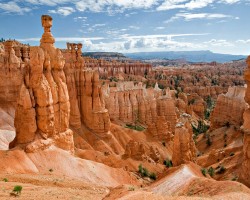Best time to go to Yellowstone National Park Average weather of Yellowstone National Park, United States
When is the best time to go to Yellowstone National Park?
Yellowstone, the most visited national park in the United States, is open to tourists all year round. The best time to plan a trip to Yellowstone greatly depends on your preferences regarding climate, activities, and tourist crowds. If you base your decision on the climate, summer (from June to August) is the mildest season, with temperatures reaching up to 23°C (74°F) in July. It is also an ideal period to enjoy the richness of wildlife, as many animals are more active and visible during the warmer months.
However, if you are wondering when to visit Yellowstone to avoid crowds, it is important to note that June to September correspond to the high tourist season. During these months, roads, hiking trails, and popular sites can be quite crowded. If you prefer a more peaceful and solitary experience, you may consider visiting the park during the off-peak season.
Visiting Yellowstone during less favorable months, such as winter (from December to February), can also offer a unique experience. Despite the harsh cold and abundant snowfall, the park transforms into a winter wonderland with spectacular views. Activities like cross-country skiing, snowmobiling, and observing winter wildlife can make your stay unforgettable.
Ultimately, the best time to visit Yellowstone depends on what you want to see and do during your trip. Regardless of the season chosen, it is always recommended to prepare accordingly for the weather and check local conditions before heading out.
So, when is the best time to go to Yellowstone National Park? Here's some more information to help you in your decision:
- The best months in Yellowstone National Park are July and August
- On average, the warmest months are July and August
- The coldest months are January, February and December
- The rainiest months are January, February, March, April, May and December
Annual weather in Yellowstone National Park
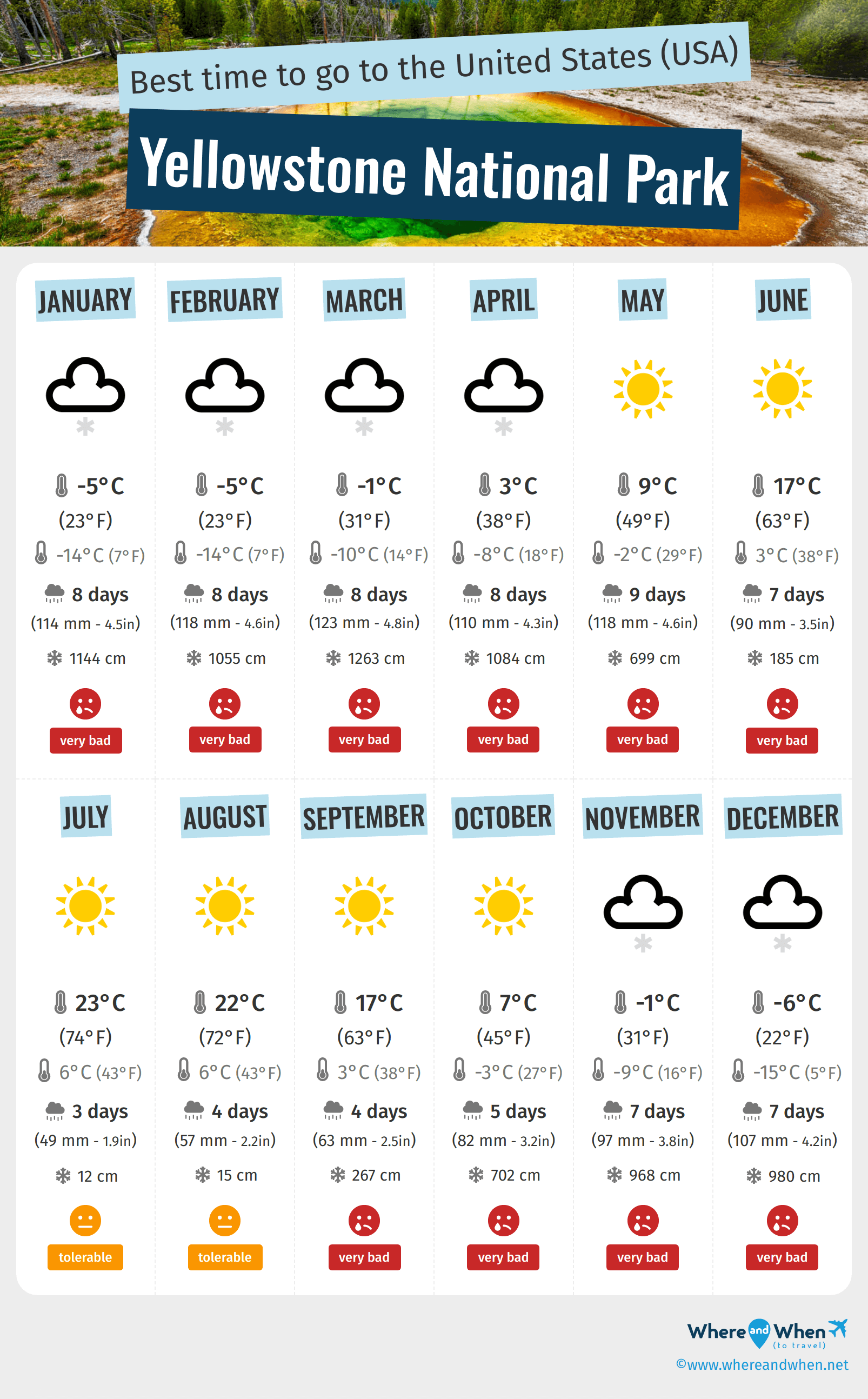
Weather details in Yellowstone National Park month by month
Weather and climate in Yellowstone National Park
Yellowstone National Park, located in the United States, is characterized by a subarctic climate, a type of continental climate, with cold winters. This climate can sometimes be very harsh for visitors, but it also offers exceptionally beautiful landscapes, with abundant snowfalls and temperatures often below zero. The seasons in Yellowstone are well defined, with long and very cold winters, and short but mild summers.
Yellowstone in Winter (December to February)
During winter in Yellowstone, from December to February, the climate is particularly harsh. Temperatures can reach -14°C, making the environment very cold. Precipitations are common, mostly in the form of snow with an average of over 1000 cm of snowfall per month. Despite the winter conditions, Yellowstone's snowy landscapes offer exceptional beauty worth seeing.
Yellowstone in Spring (March to May)
Spring in Yellowstone, from March to May, sees a slight increase in temperatures, although the climate remains generally unfavorable. Snow is still present, especially in March, but begins to melt gradually. May marks the beginning of the transition to summer with temperatures reaching up to 9°C.
Yellowstone in Summer (June to August)
Summer in Yellowstone, from June to August, is the most pleasant season in the park. Temperatures can rise up to 23°C in July, offering more favorable conditions for exploring the park. However, even in summer, snowfall can occur, especially in June.
Yellowstone in Autumn (September to November)
Autumn in Yellowstone, from September to November, is characterized by a gradual decrease in temperatures and an increase in precipitation. Temperatures can drop to -9°C in November, signaling the beginning of winter.
In conclusion, the climate in Yellowstone is characterized by harsh winters and mild summers. Despite the sometimes challenging climate, the park offers spectacular landscapes that change with the seasons, making each visit unique. Remember to prepare accordingly based on the season when planning your trip to Yellowstone.

Charts: temperature and rainfall in Yellowstone National Park
In the charts below, you can see the following seasonal norms for the city of Yellowstone National Park: the minimum and maximum outdoor temperature, the risk and amount of monthly rainfall, daily average sunshine, and relative humidity for each month of the year.
Outside temperature
Precipitation (rainfall)
Daily sunshine hours
Humidity
Peak visitor numbers and tourist seasons in Yellowstone National Park
Find out when Yellowstone National Park has its high tourist season (the period when the influx of tourists is highest) and off-peak tourist season using our data and figures.
Tourist seasons in Yellowstone National Park
- Very low season in Yellowstone National Park
The months with the lowest number of tourists are: January, February, April and November. - Low season in Yellowstone National Park
The months with low numbers of tourists are: March, May, June, October and December. - High season in Yellowstone National Park
The number of visitors to Yellowstone National Park is high in: September. - Peak season in Yellowstone National Park
The largest number of tourists visiting Yellowstone National Park is during: July and August.
Figure: Visitor index for Yellowstone National Park month by month
Best time for low prices in Yellowstone National Park
Average prices of hotels in Yellowstone National Park month by month
Generally, November is the month with the lowest hotel prices in Yellowstone National Park. So this is a great time to save on your holiday! In contrast, July is statistically the most expensive month of the year for hotels.

Other cities and places near Yellowstone National Park
Best time to go to the United States (USA)











































































































 Yellowstone National Park
Yellowstone National Park
 other locations
other locations

